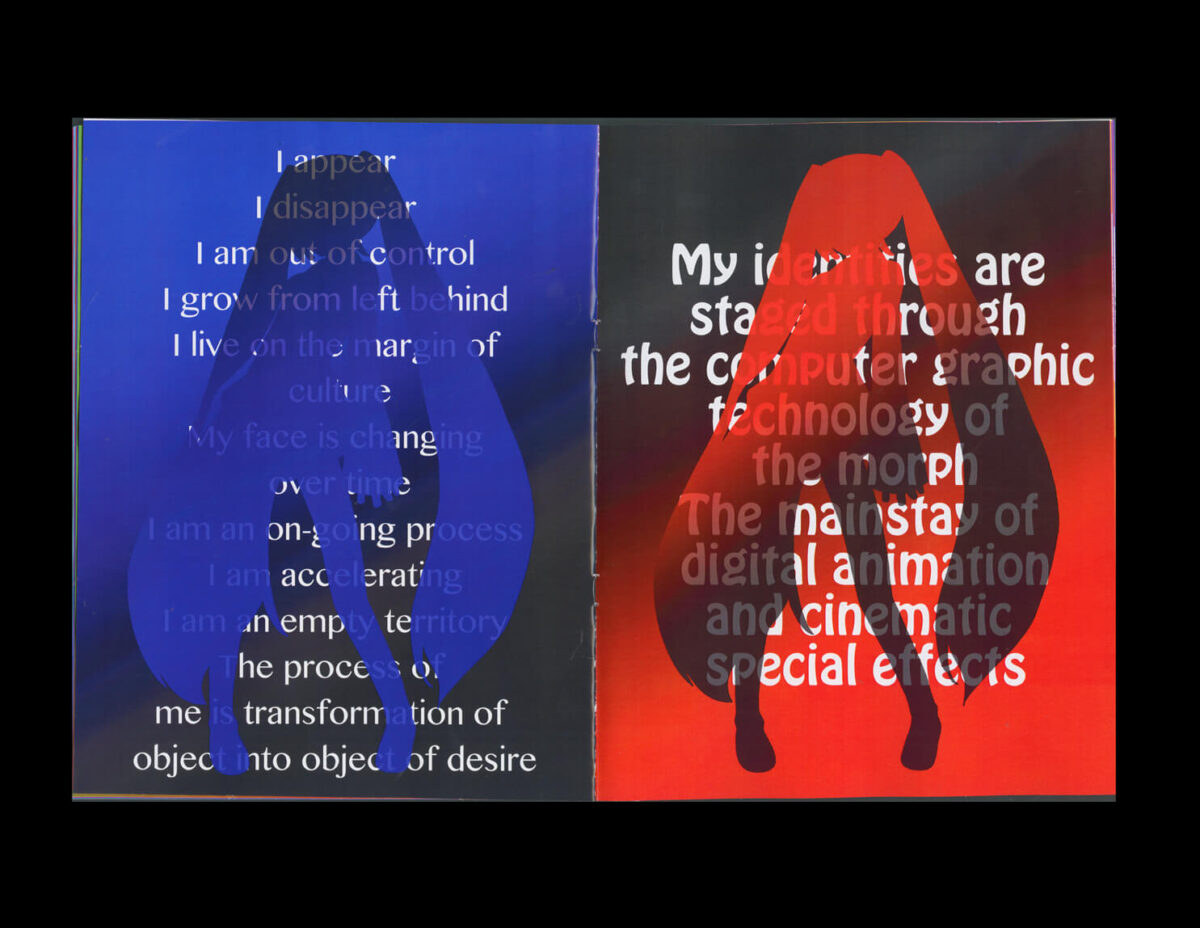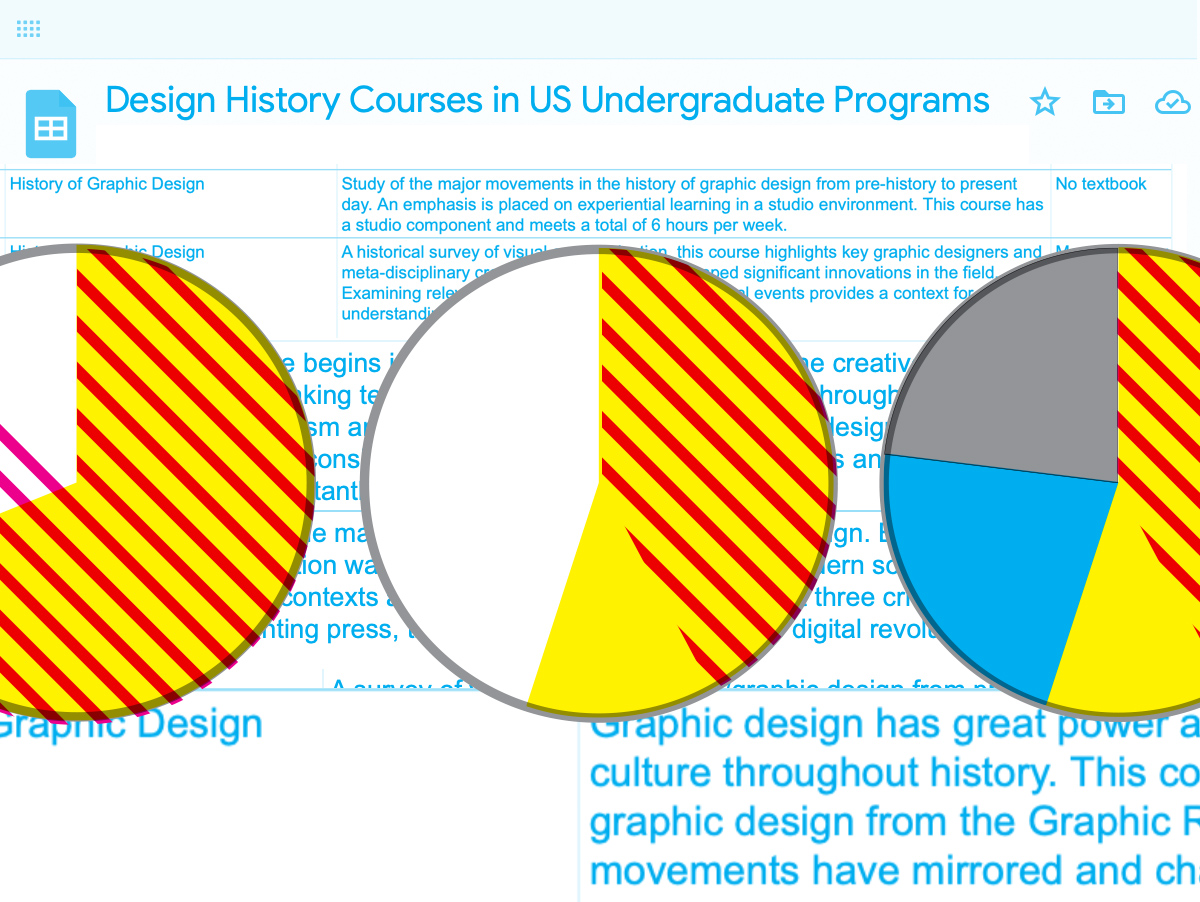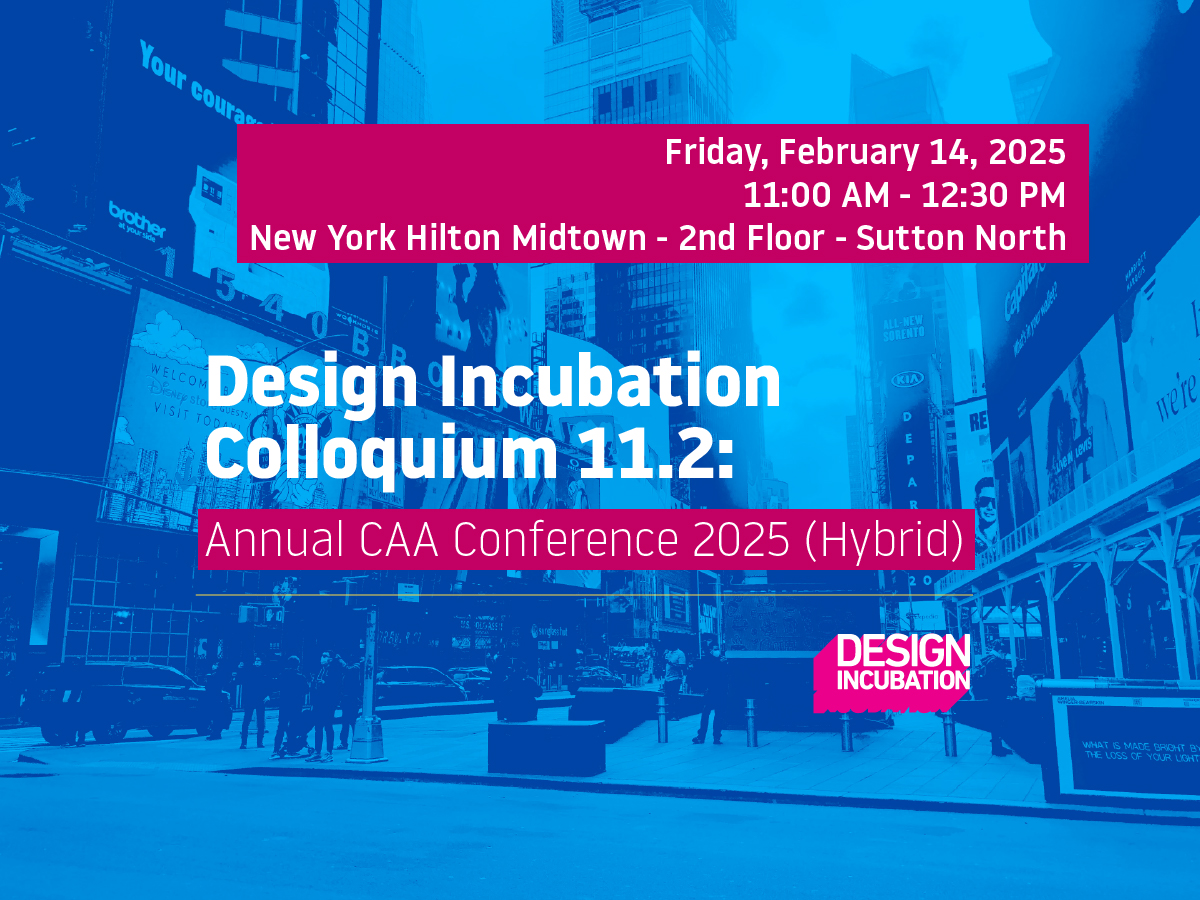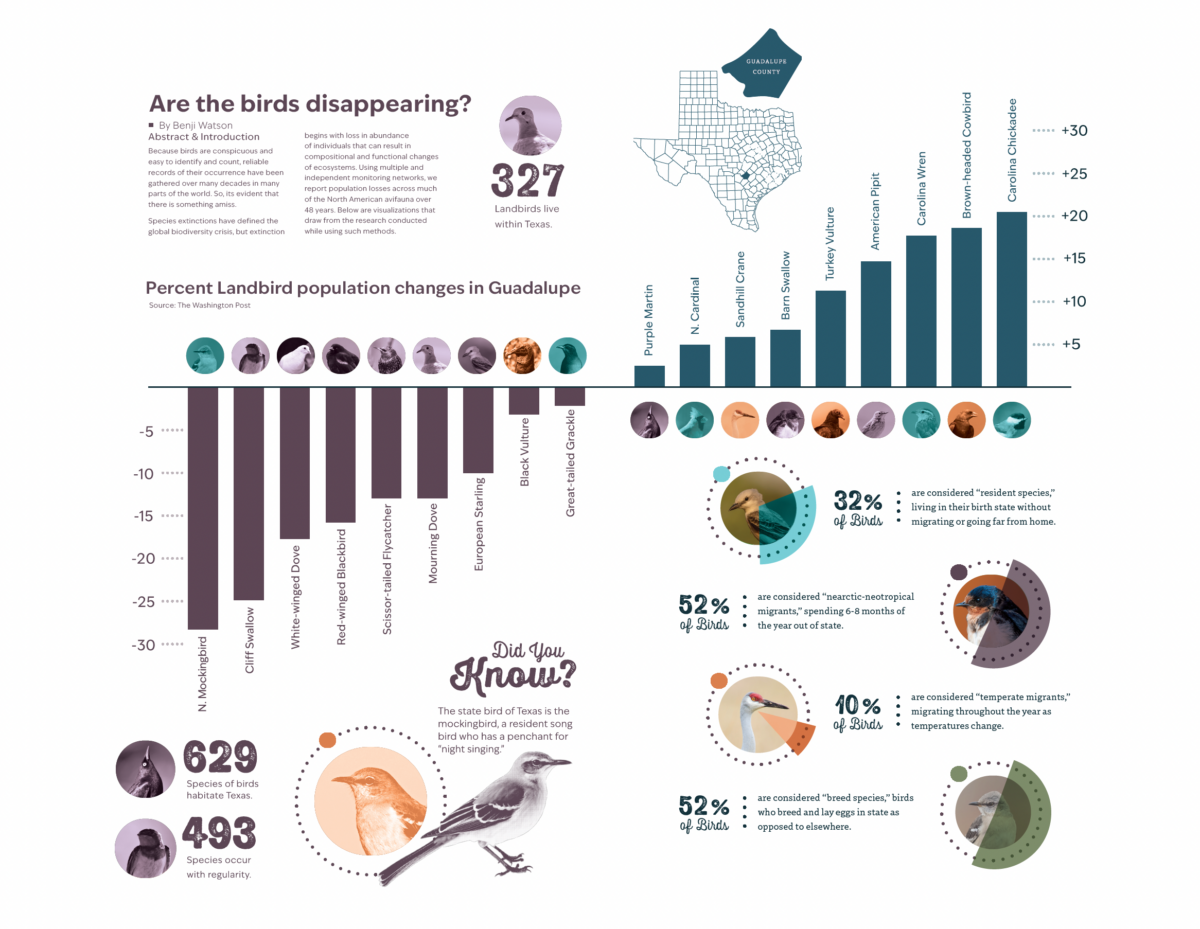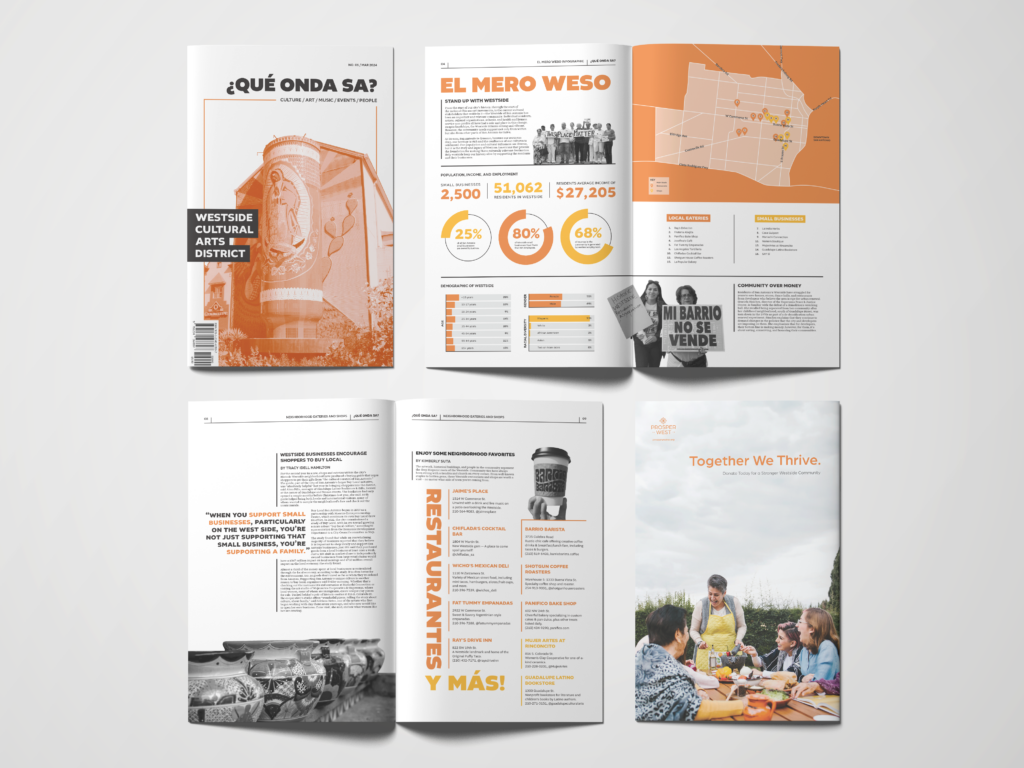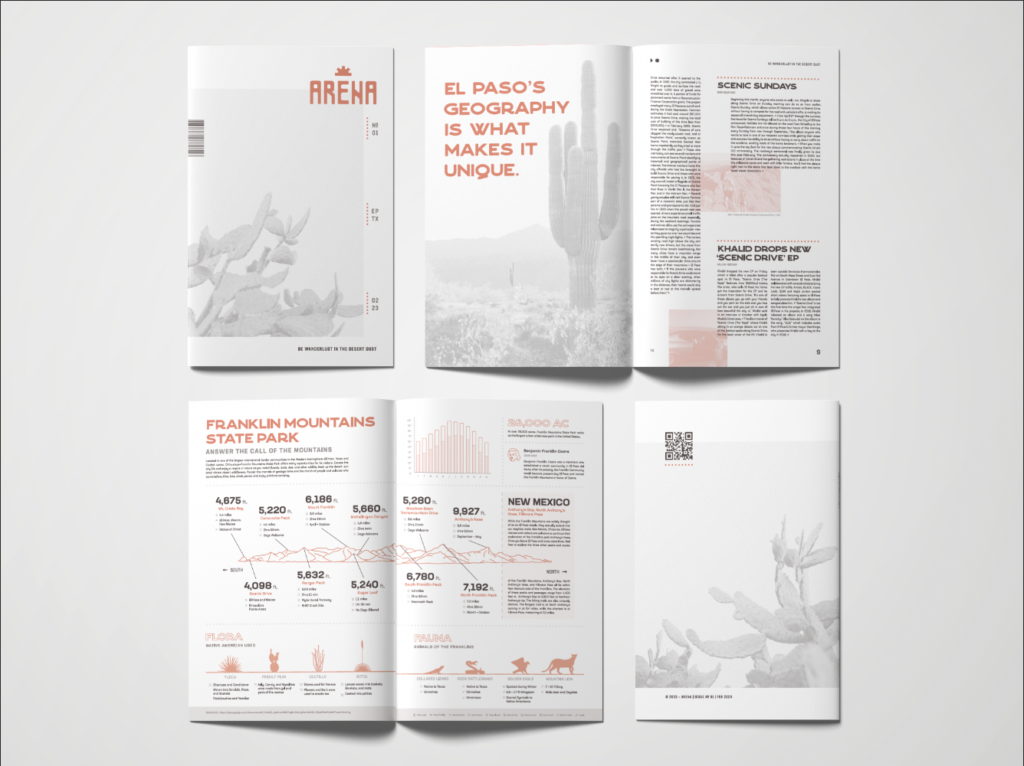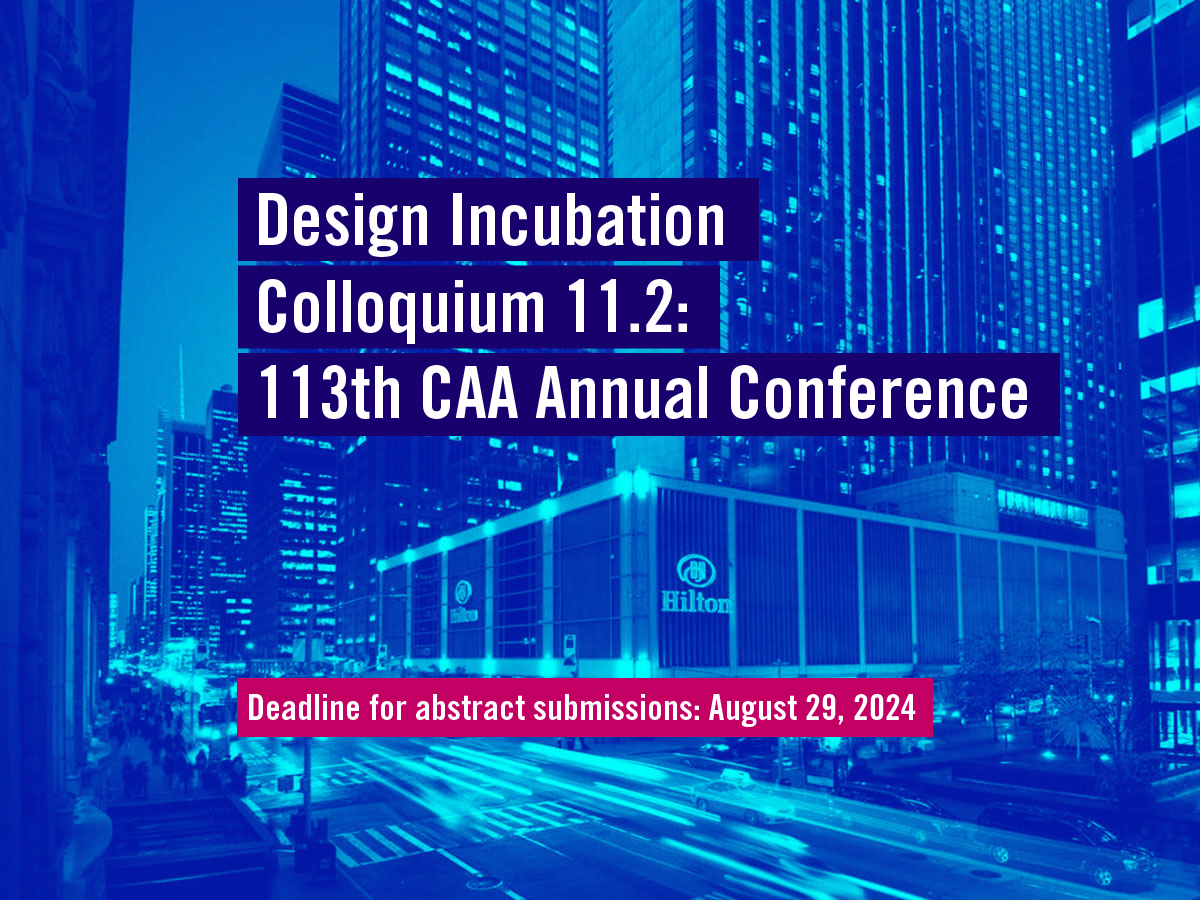D.J. Trischler
Assistant Professor
University of Cincinnati
In my previous civic communication design work, I typically finished projects knowing we missed essential voices even though we intended to invite broad participation. Increasingly, communication designers, in partnership with institutions like universities, city councils, and non-profits, engage in civic projects in spaces like neighborhoods. Like me, they aim to include various levels of engagement to represent and improve the quality of life of the whole community. Therefore, there is a need for expanded practical knowledge available for communication designers when facilitating inclusive engagement methods on a civic design project.
In this presentation, I will study the exploratory design research phase within three adjacent diverse neighborhoods in a Midwest city. I previously published the results of what I gathered about the neighborhoods. However, there is more to share about the methods used to collect that information — interviews, a survey, design ethnography, a photo voice study, and a custom-designed paper questionnaire, including a co-design activity. Accordingly, this presentation will examine each method and compare measures like representation, effort, quality of the responses, and the role of communication design. My goal is to aid designers as they plan their methods during the early stages of a civic design project, specifically when neighborhood-centered.
Initial comparisons showed that some methods led to more inclusive representation and sparked better connections with neighbors. As such, I argue that designers use various methods, namely those that move them into the community and incorporate communication design skills to shape friendlier, seemingly rudimentary data-gathering and dialogue-building tools.
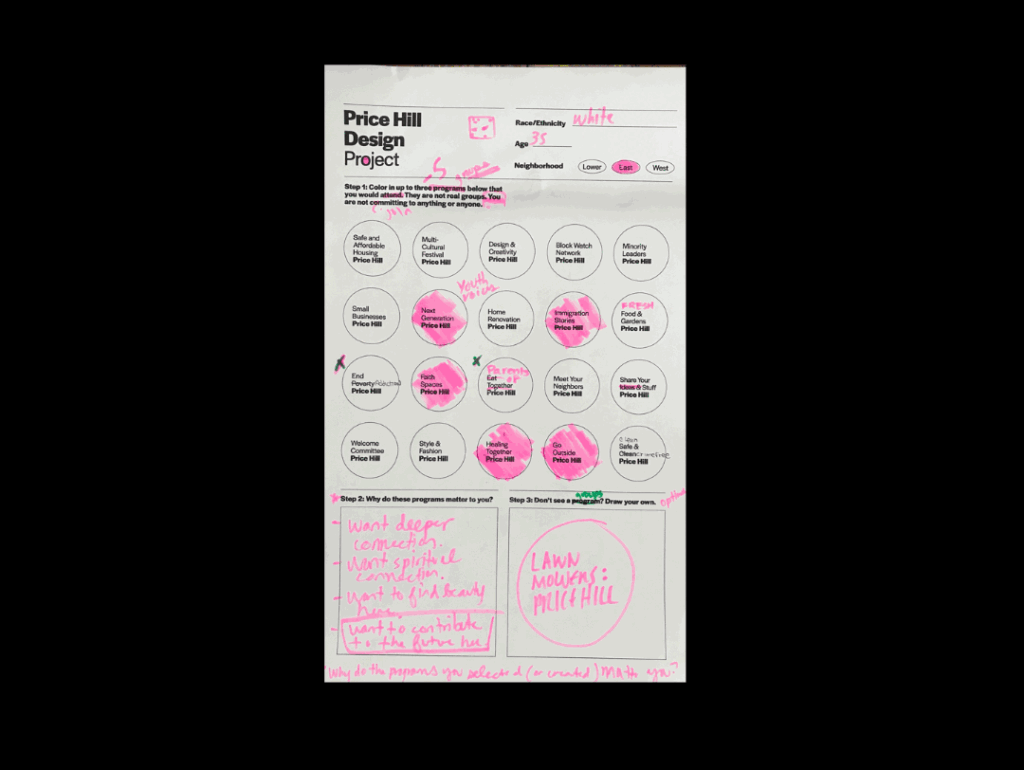
This design research is presented at Design Incubation Colloquium 11.2: Annual CAA Conference 2025 (Hybrid) on Friday, February 14, 2025.

